How To Grow And Care For Lily Of The Valley Flowers
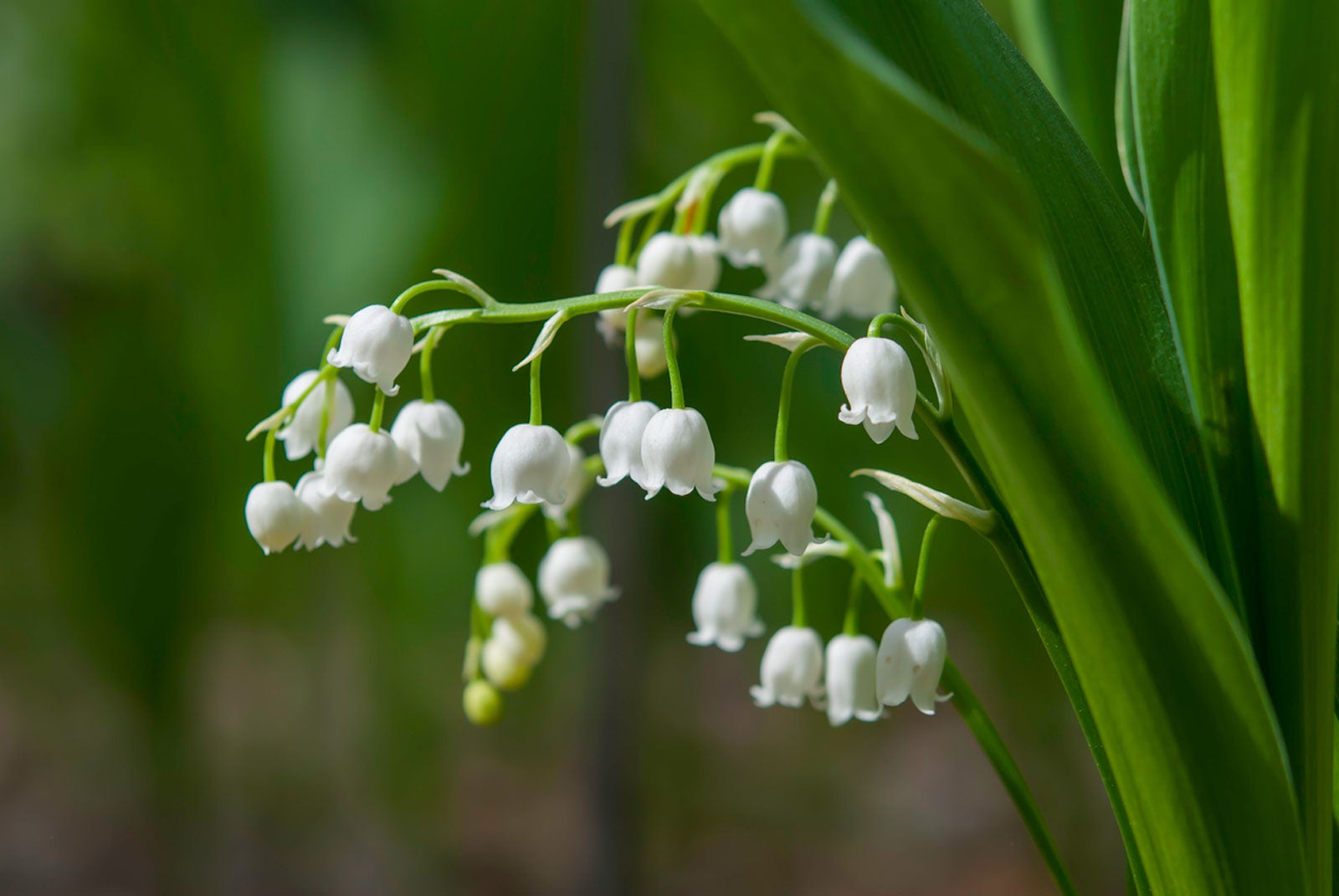

Tonya Barnett
Lily of the valley is a popular choice for the early spring landscape, and is one of the most fragrant blooming plants in the spring and early summer throughout the northern temperate zone. Grown most successfully as a ground cover, this plant spreads quickly to create large blankets of petite white flowers.
Quick Facts about Lily of the Valley
- Botanical name - Convallaria majalis
- Height - 6-12 inches (15-30 cm)
- Spread - 6-12 inches (15-30 cm)
- Sun exposure - Part Shade, Full Shade
- Soil requirements - Highly Adaptable
- Hardiness zones - USDA Zones 3-8
- When to plant - Fall
Lily of the Valley Info
The stems of lily of the valley plants are covered with tiny white, nodding bell-shaped flowers that have a sweet perfume and medium-bright green leaves that are lance-shaped, 4 to 8 inches (10 to 20 cm) high and 3 to 5 inches (7.5 to12.5 cm) wide.
This moisture-loving plant forms a spreading mass with red seed pods remaining after flowering, which makes lily of the valley attractive after blooming and very carefree. Growing lily of the valley plants is easy, as they will remain perennial in USDA Zones 2-9.
When to Plant Lily of the Valley
Lily of the valley flowers (Convallaria majalis) are most commonly planted in the fall. At this time, prolonged periods of cool weather allow for the development of a robust root system. A proper period of dormancy throughout winter will also be necessary in helping to ensure that new plantings are able to get a quick start the following spring.
Where to Plant Lily of the Valley
Though lily of the valley is generally considered to be quite adaptable, the plant does have some specific considerations. Among these is its ability to spread throughout the garden, sometimes becoming invasive. Planting lily of the valley should be done with care, as the manner in which it is able to multiply can become quite problematic. It is for this reason that experienced growers often choose to grow the plant in containers, rather than in the ground.
Before adding lily of the valley to the garden, check with you local agricultural extension to make certain that there are no rules or regulations regarding its growth.
Water & Light Requirements
Lily of the valley plants will grow best in beds that remain consistently moist throughout the entire growing season. Though uncommon, the plants may require supplemental irrigation when conditions are especially dry. The use of mulch is a great way to help retain moisture and keep the plant’s root system cool throughout the hottest parts of summer. Lily of the valley will thrive in shaded beds that receive dappled light. This makes them a good choice for growth under trees, or along the sides of structures.
Gardening tips, videos, info and more delivered right to your inbox!
Sign up for the Gardening Know How newsletter today and receive a free copy of our e-book "How to Grow Delicious Tomatoes".
How to Propagate
Propagation and division play a major role in lily of the valley care. Though general care for lily of the valley is minimal, their spreading habit will need routine tending. As the plants grow to form dense colonies, growers may find that the production of flowers has decreased significantly over time. When this occurs, the plants will need to be dug and divided.
Lily of the valley plants reproduce through the production of small, underground rhizomes called “pips.” These pips can be separated and then returned back to the soil. November or December is the ideal time for division.
Problems, Pests, & Diseases
Lily of the valley seldom has serious problems with insects. Common pests like aphids or spider mites may still frequent the plants. However, most infestations can be easily treated. A sudden change in the appearance of the plant’s leaves may lead growers to become concerned. This is especially true of an observed decline in the ornamental quality of the plant’s foliage. Though this is generally a natural occurrence, it may also be the result of diseases like leaf spot or blotch.
Is Lily of the Valley Poisonous?
Though beautiful, all parts of lily of the valley are extremely toxic. Those hoping to grow lily of the valley in their yard should use special caution around children and pets, as ingestion of the plant can cause great harm and even death.
Lily of the Valley Varieties
With only a handful of named lily of the valley varieties available to gardeners, common types can be found at most home and garden centers. Plants which produce pristine, white flowers are customary. However, specialty varieties can also be found. These include those which yield blooms that are double, or open to reveal delicate shades of pink.
When purchasing plants, look for the following cultivars:
- Convallaria majalis ‘Albostriata’ – This type has dark leaves with white to cream longitudinal stripes.
- ‘Aureomarginata’ – This variety has cream to yellow-edged leaves.
- Rosea – A pink variety, not as vigorous as the white-flowered species but very pretty.
- Convallaria majuscule ‘Greene’ – This North American native is great for naturalistic ground cover and provides a carpet of beauty between other native plants.
This easy-care plant doesn’t require much to thrive. Preferring partial shade and moist soil, growing lily of the valley is easy if you know how and when to plant. That being said, these plants are adaptable and will grow very well in dry shade too. Lily of the valley can also be adapted to full sun or full shade, depending on the amount of moisture it receives.
Note: All parts of lily of the valley are poisonous. Be sure to plant in an area that children and pets can't reach.

Nikki Tilley has been gardening for nearly three decades. The former Senior Editor and Archivist of Gardening Know How, Nikki has also authored six gardening books.
- Tonya BarnettWriter
-
 4 Superfast Composting Methods: Turn Waste Into Garden Gold In 30 Days Or Less
4 Superfast Composting Methods: Turn Waste Into Garden Gold In 30 Days Or LessTry the fastest composting methods to turbocharge your pile and transform kitchen scraps and garden waste into finished compost in just a few weeks.
By Mary Ellen Ellis
-
 Best Spider Plant Soil – Complete Soil Guide And Expert Tips For Keeping Plants Happy
Best Spider Plant Soil – Complete Soil Guide And Expert Tips For Keeping Plants HappySpider plants are fun and easy plants to grow, but what is the best soil for a spider plant? Selecting the right soil is important so they can thrive.
By Bonnie L. Grant
-
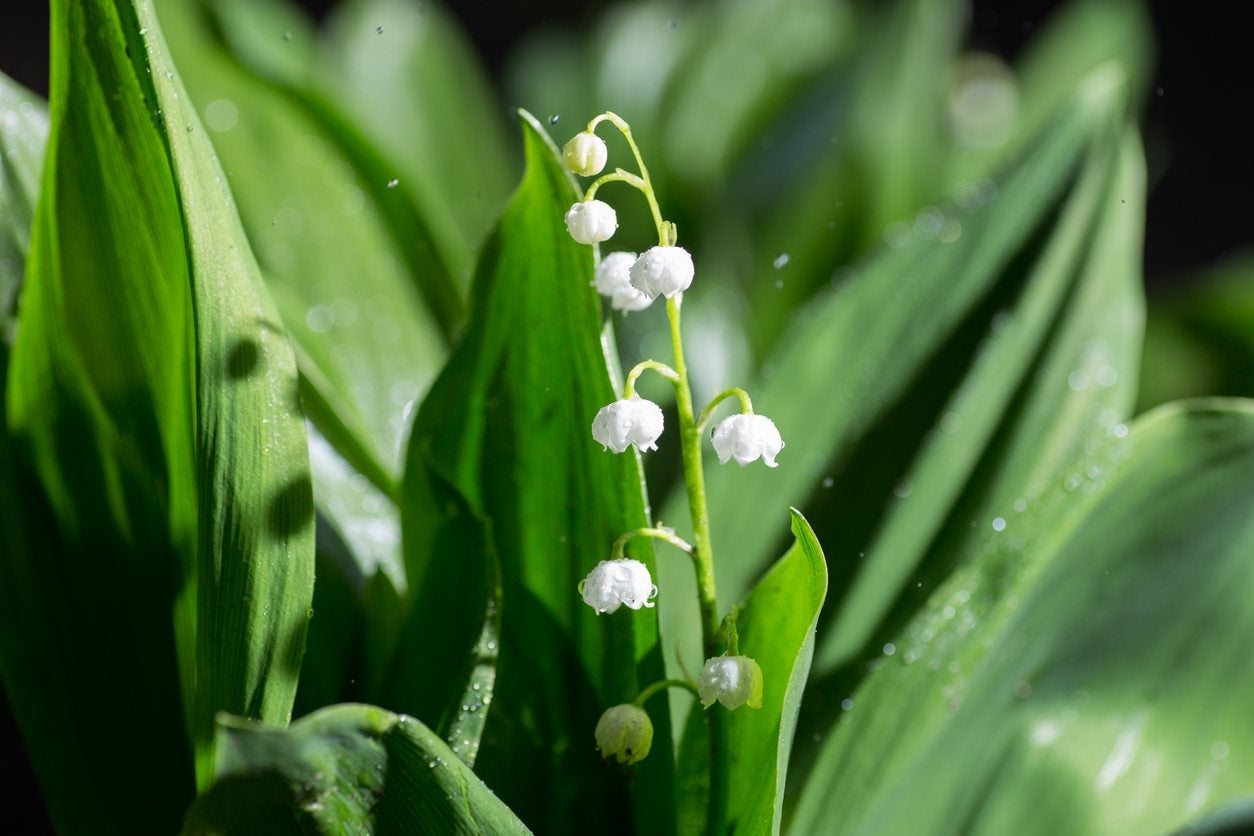 Treating Diseased Lily Of The Valley Plants – Symptoms Of Lily Of The Valley Disease
Treating Diseased Lily Of The Valley Plants – Symptoms Of Lily Of The Valley DiseaseThere are some plants that it almost breaks your heart to see sick. Lily of the valley is one of those plants and one that's worth trying to save, when you can. Click here to learn how to treat sick lily of the valley, as well as ways to keep your plants healthier.
By Kristi Waterworth
-
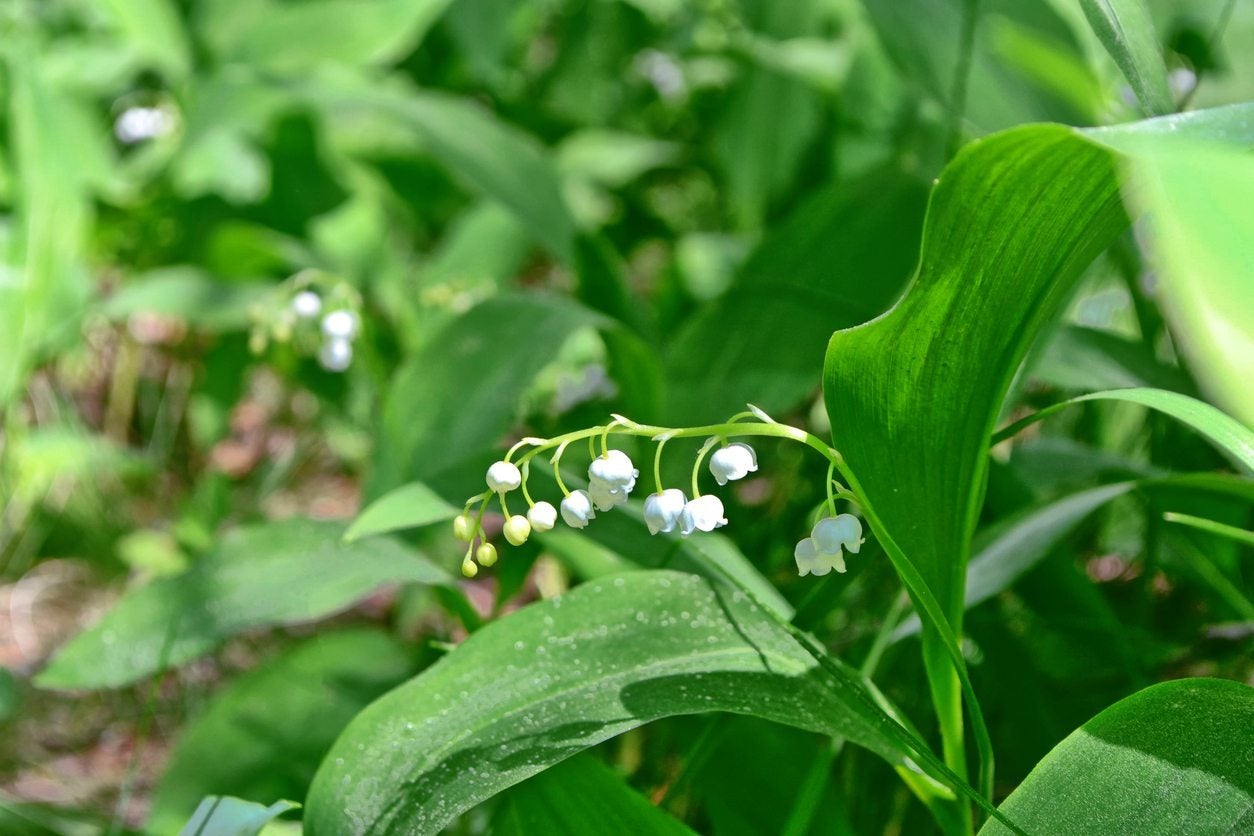 Lily Of The Valley Has Yellow Leaves – Reasons For Yellow Lily Of The Valley Leaves
Lily Of The Valley Has Yellow Leaves – Reasons For Yellow Lily Of The Valley LeavesLily of the valley is known for its sweet fragrance and delicate white nodding flowers. When those two things are accompanied with yellow foliage, it's time to dig a little deeper to figure out what's wrong. Learn more about yellowing lily of the valley in this article.
By Kristi Waterworth
-
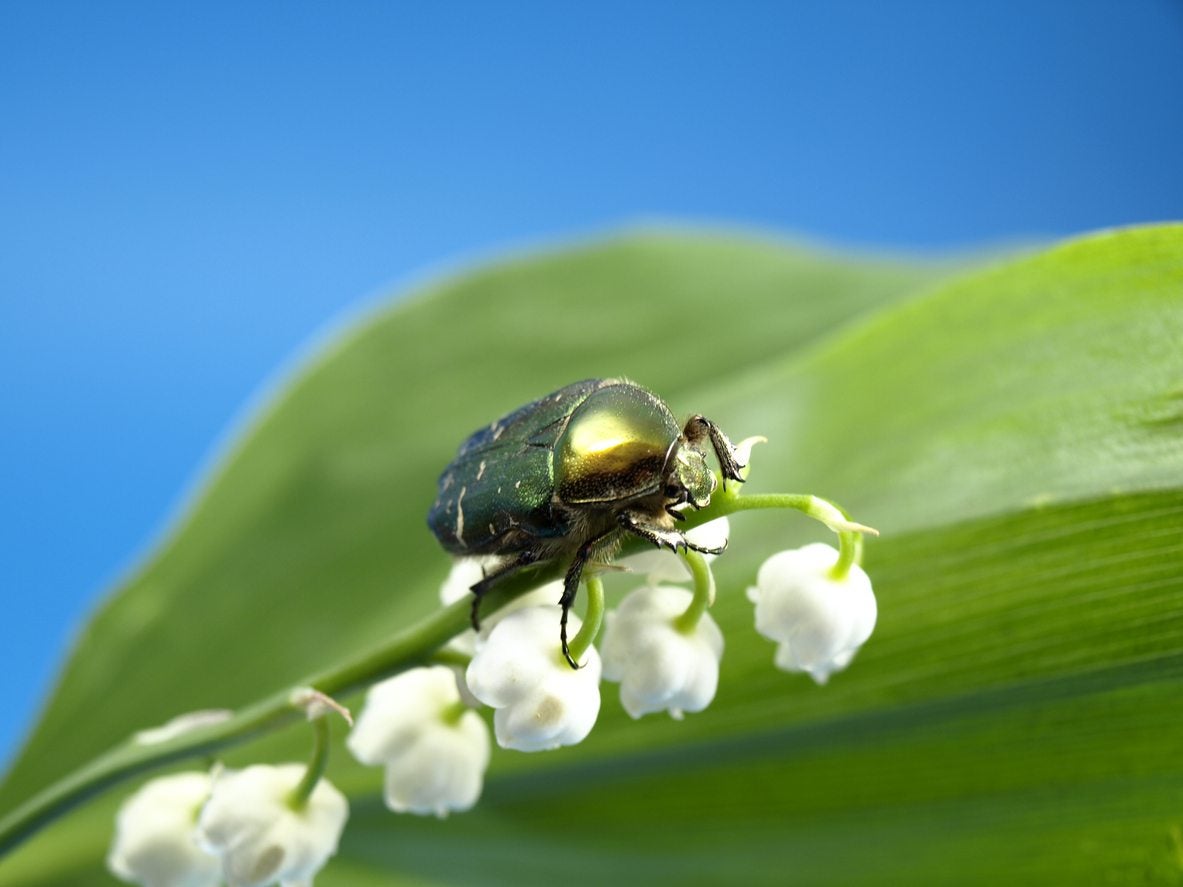 Pests On Lily Of The Valley : Bugs And Animals That Eat Lily Of The Valley Plants
Pests On Lily Of The Valley : Bugs And Animals That Eat Lily Of The Valley PlantsThere are few disease issues or lily of the valley pests. These are easily managed provided you know what you are looking for and how to treat the problem. Learn what pests on lily of the valley might be of concern, and how to identify and combat them in this article.
By Bonnie L. Grant
-
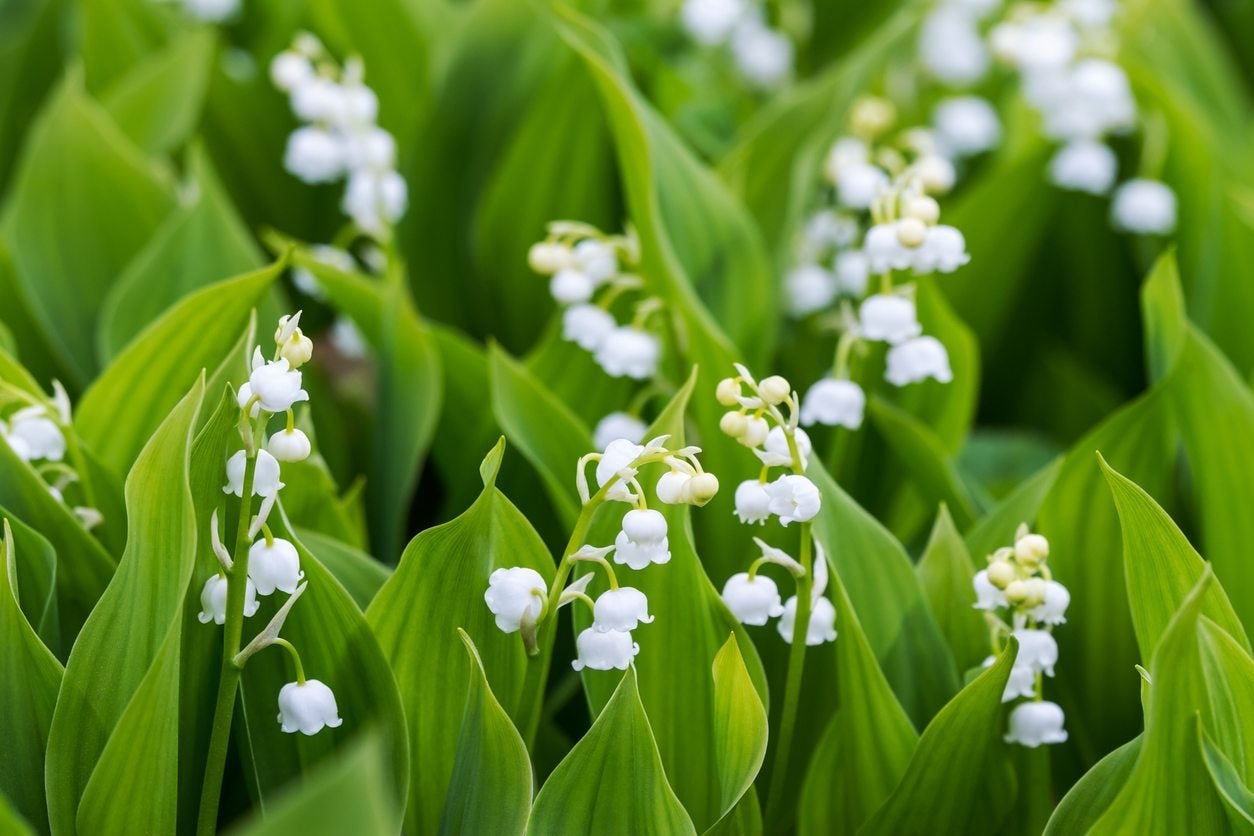 Moving Lily Of The Valley Plants: When To Transplant Lily Of The Valley
Moving Lily Of The Valley Plants: When To Transplant Lily Of The ValleyA rapid spreader, people find themselves moving lily of the valley all the time with no ill effects to the plant. That said, if you?re new to growing this specimen, click on the following article to find out when and how to transplant lily of the valley.
By Amy Grant
-
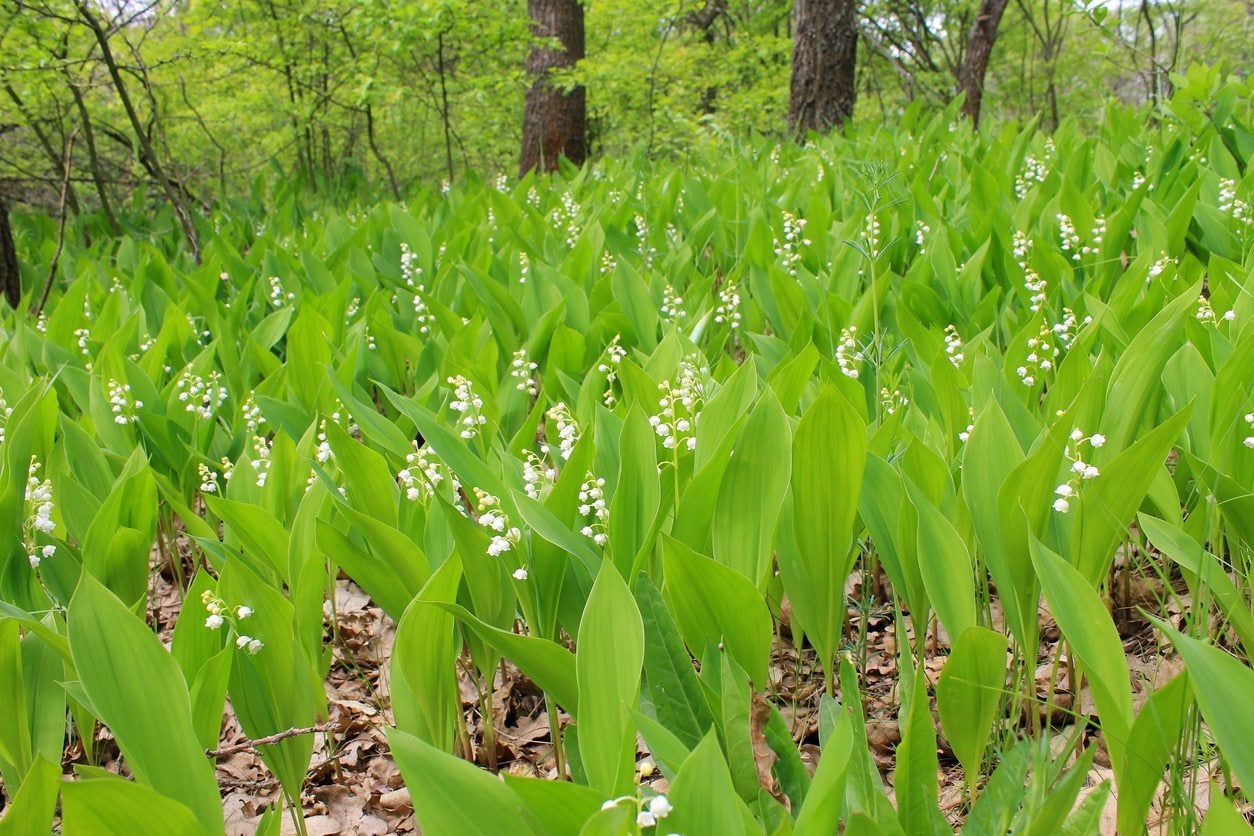 How Invasive Is Lily Of the Valley: Should I Plant Lily Of The Valley Ground Cover
How Invasive Is Lily Of the Valley: Should I Plant Lily Of The Valley Ground CoverIs lily of the valley invasive? Lily of the valley is a perennial plant that grows from stem-like underground rhizomes that spread horizontally, often with amazing speed. It also reproduces from seeds. Exactly how invasive is lily of the valley anyway? Find out here.
By Mary H. Dyer
-
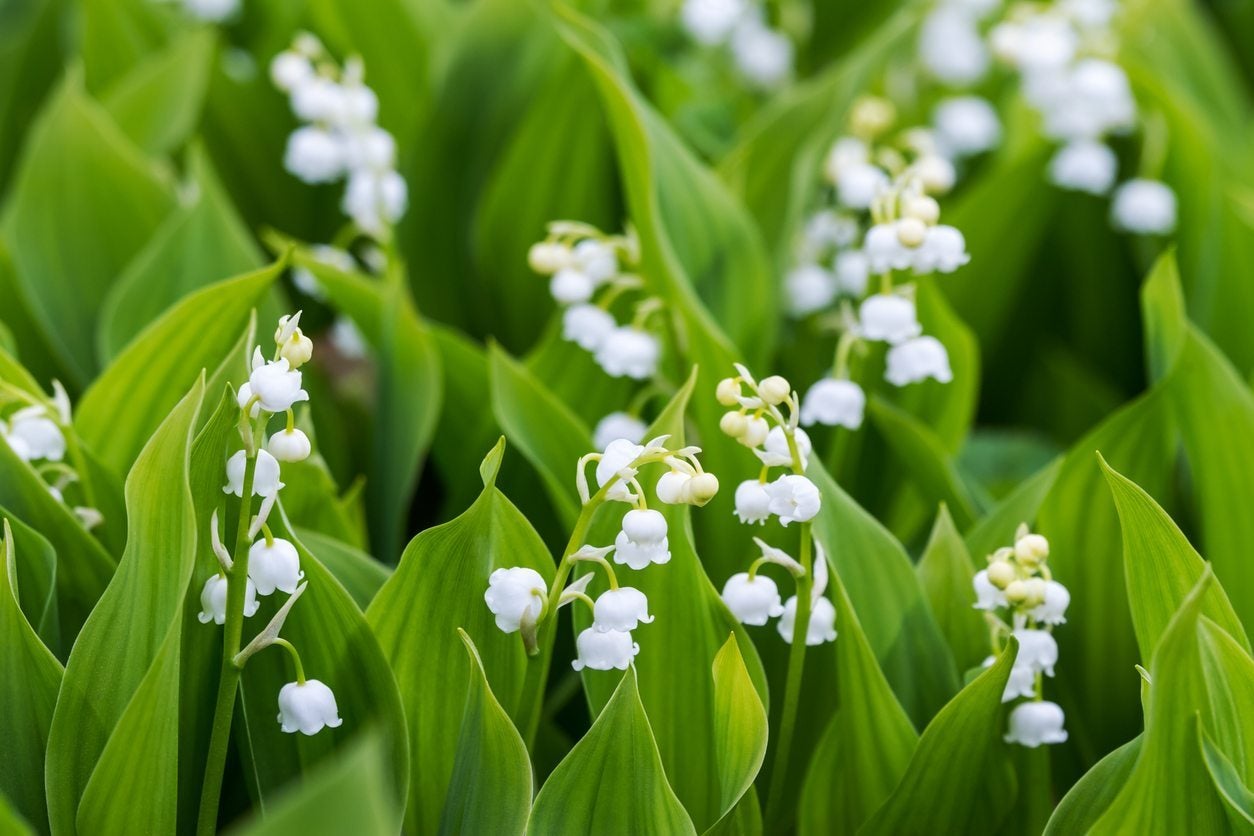 Dividing Lily Of The Valley: When To Split Lily Of The Valley Plants
Dividing Lily Of The Valley: When To Split Lily Of The Valley PlantsAlthough lily of the valley is extremely easy to grow (and may even become aggressive), occasional division is necessary to prevent the plant from becoming unhealthy and overcrowded. The following article can help get you started with lily of the valley division.
By Mary H. Dyer
-
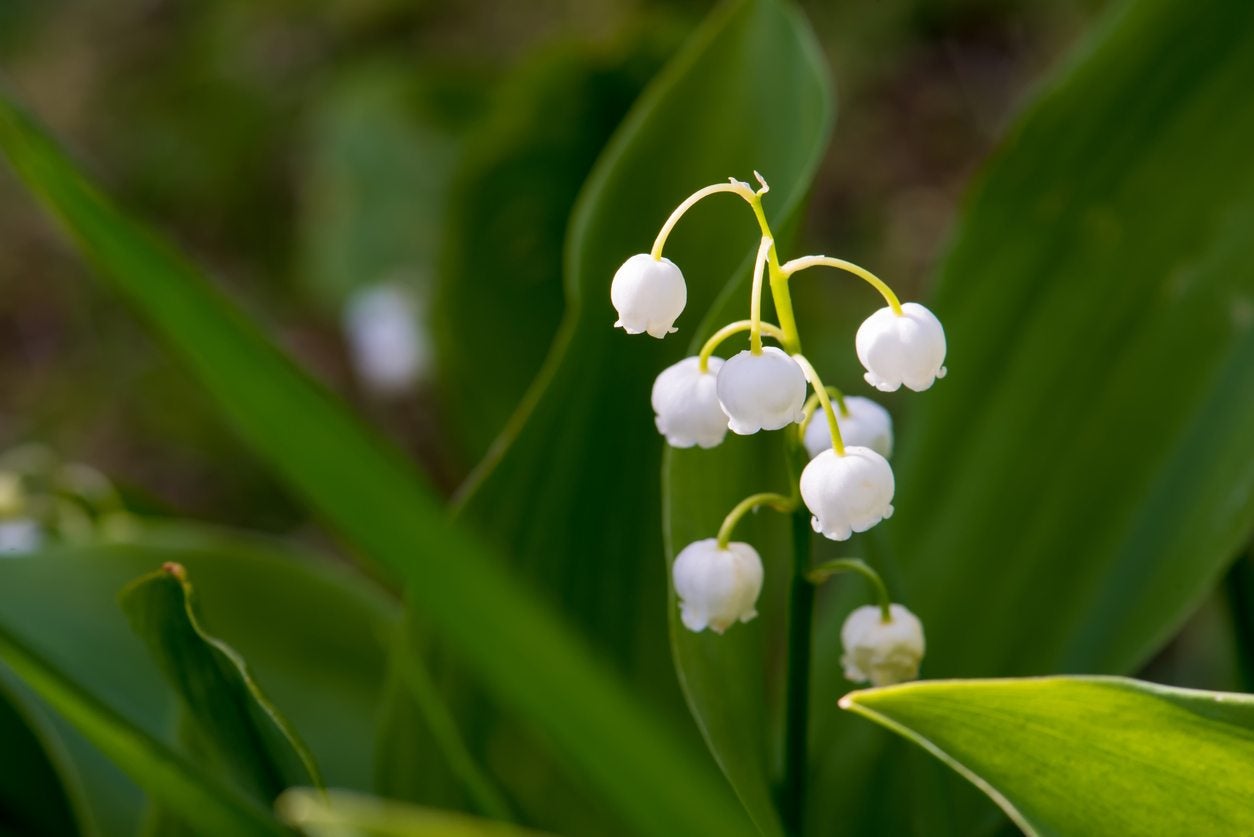 Is Lily Of The Valley Poisonous : Understanding Lily Of The Valley Toxicity
Is Lily Of The Valley Poisonous : Understanding Lily Of The Valley ToxicityIs lily of the valley safe for gardens? Lily of the valley toxicity makes it unsafe to have around children and pets. The plant is so dangerous that ingestion could result in a trip to the emergency room, or in rare cases death. Learn more in this article.
By Bonnie L. Grant
-
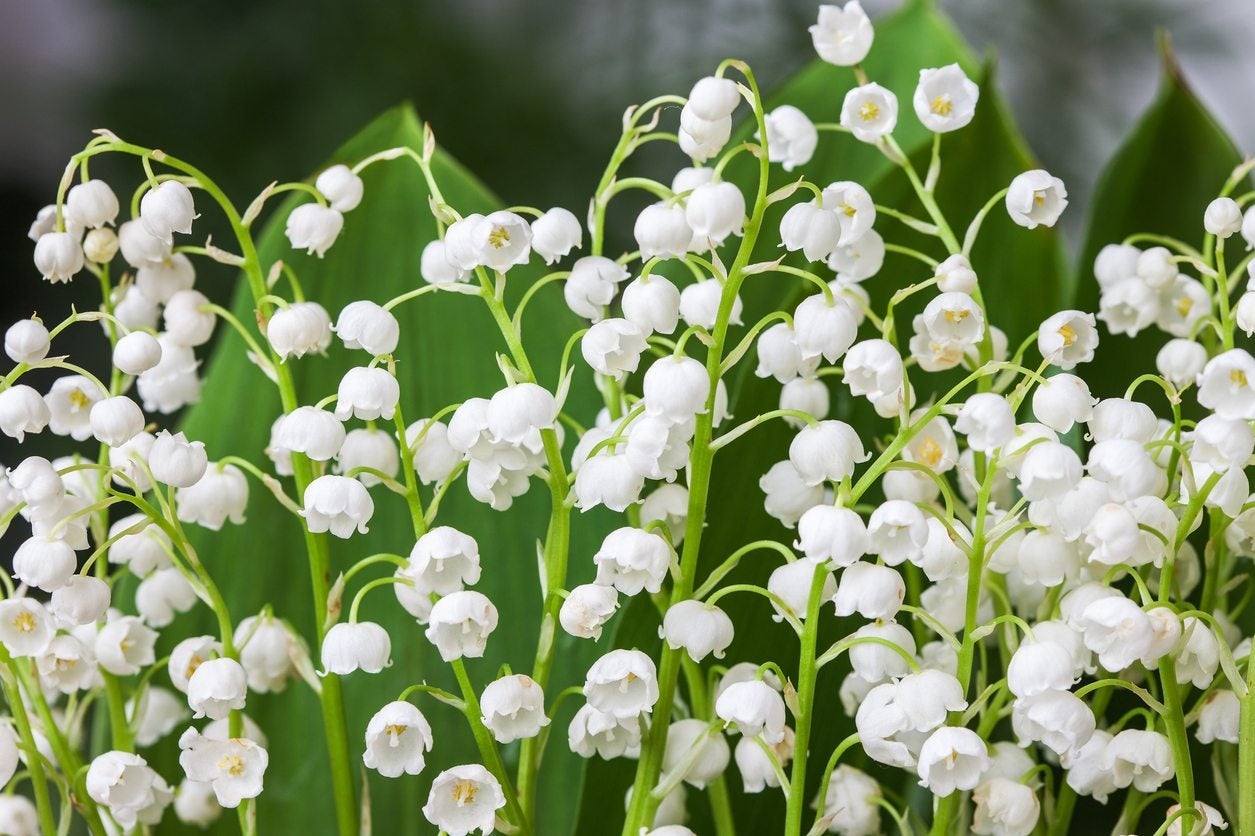 Lily Of The Valley Varieties – Growing Different Types Of Lily Of The Valley Plants
Lily Of The Valley Varieties – Growing Different Types Of Lily Of The Valley PlantsLily of the valley plants produce a delicate, fragrant flower that is unmistakable and a great addition to the garden. But what kind of selection is out there? Learn more about the different lily of the valley plant types in this article.
By Liz Baessler